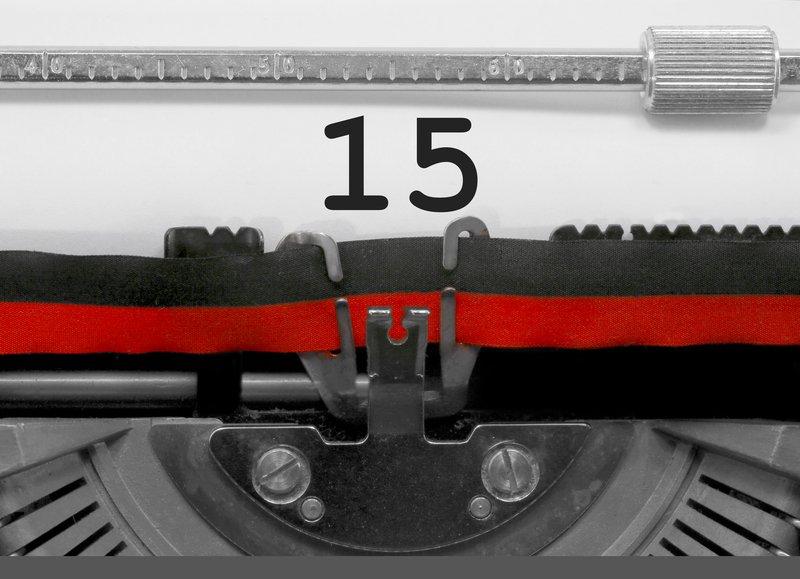A creative brief is a document that outlines the key details of a project, including its goals, target audience, tone, and deadlines.
It acts as a roadmap for freelance creatives or agencies, making sure their work matches your expectations. A clear, well-structured creative brief reduces the chance of misunderstandings and revisions.
When you hire a creative freelancer or agency, remember that they are coming from outside your organisation and might not know your brand guidelines, tone of voice, and so on.
That’s why providing a well-structured creative brief is essential. A detailed brief helps make sure the final product aligns with your brand values and marketing goals.
So, it’s important to provide a good creative brief that clearly sets out what you need and, especially, how it should be written.
The tips below are particularly suited to content and copywriting briefs, but many of them can also be applied to general marketing and brand imagery projects.
What do you need?
Be clear about what you need – creatives can’t simply create from scratch, and they are not mindreaders.
The clearer, consistent information you can provide about what you actually want, the better able they’ll be to get it right first time, saving you time and money in obtaining revisions or amendments that are agreed upon and carried out.
Include specifics such as the format (e.g., a blog post or infographic), ideal word count, and any key messages to convey. This level of detail minimises the need for revisions and will lead to a more polished final product.
It’s also helpful to outline any budget constraints you have. Knowing the budget allows creatives to scope the project appropriately and offer solutions without overspending.
If you’re clear about what you need, you’ll also have more power to take action if the finished product isn’t up to scratch – without agreeing much upfront, it’s hard to go back later and demonstrate that what you received back wasn’t what you paid for.
Who is it for?
One of the biggest problems you can face with written content is an off-the-mark tone of voice.
Make sure you say who your target audience is. This is often done in terms of which newspaper they might read, which radio station they might listen to, and so on.
Free Tide Business Bank Account - £50 Cashback!

Open a free business current account to qualify + enjoy 12 months free transactions. Read our Tide review.
It’s helpful to specify whether the content is aimed at business readers or consumers (B2B or B2C). Different marketing techniques are involved in selling to each audience, and your copywriter will benefit from knowing which to use.
Also, outline specific demographics such as age, gender, or geographic location. This will help the creative to tailor the message more precisely to hit home with the target audience.
Likewise, if you’re targeting a specific, knowledgeable audience, it can be more appropriate to use technical terms, whereas avoiding jargon can be the wiser approach for a general audience.
You might also want to explain who your competitors are. Highlighting the style or tone your competitors use will provide valuable context for your freelancer – and help differentiate your brand from any rivals.
How should it sound?
Independently of who your audience is, you also need to consider how you want to come across.
Some people go so far as to suggest a persona – so if you want your content written as though it was by an expert or mentor, say so. If it should sound more like a storyteller, write that down.
Incorporate brand tone guidelines, if you have these available. If you don’t, outline adjectives that best describe how your content should “feel”, e.g., authoritative, conversational, or humorous.
However obscure a guideline might seem, if it’s what you want, don’t be afraid to write it down. Creative types deal with weird requests all the time and are experienced at turning them from odd snippets of information into a full and sensible tone of voice brief.
What is the project’s end goal?
A good creative brief should also communicate the project’s ultimate objective. Whether the goal is to increase brand awareness, boost sales, or drive traffic to your website, knowing the outcome will help guide the tone and structure of the content.
Providing a clear goal also helps the freelancer measure the project’s success. Whether driving more visitors to a specific webpage or generating more leads, having a quantifiable goal ensures the creative work has an impact.
When is it due?
Although it’s not part of the core brief in the strictest sense, any deadlines or milestones should be specified upfront so your copywriter can ensure the content is ready in time.
If you need time to have it checked by a legal person, make this clear so that the content can be with you a few days before the final deadline.
Likewise, make clear whether the specified date is for the first draft or designates the day by which your document’s full and final, proofed and edited version must be in place.
Establishing a timeline for feedback and revisions can also be beneficial. Clear milestones ensure that both parties remain aligned and that you stay on track toward the project’s completion.










